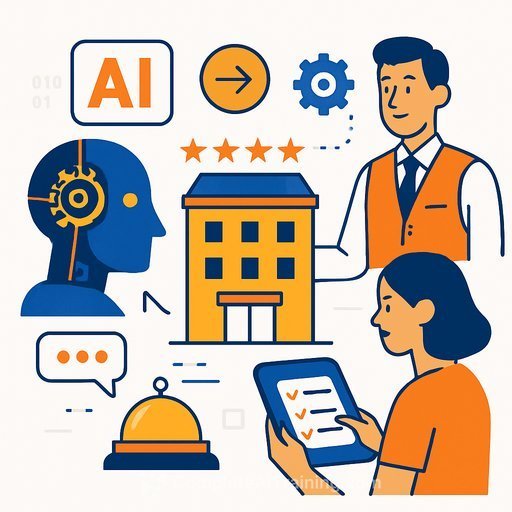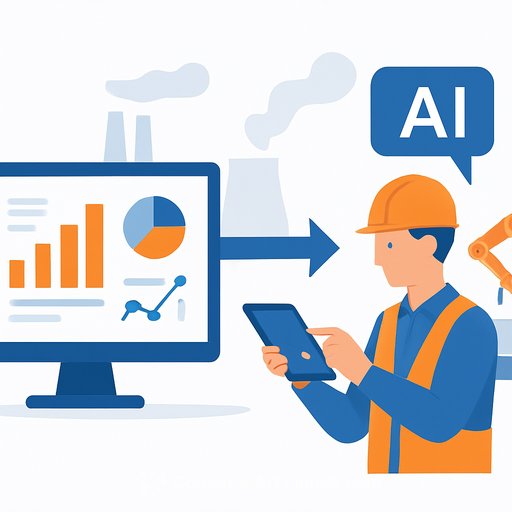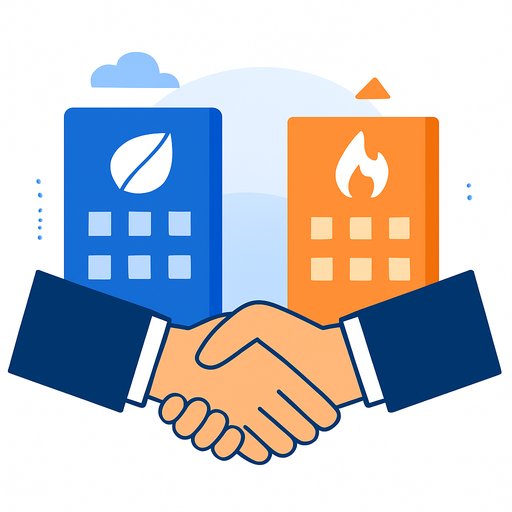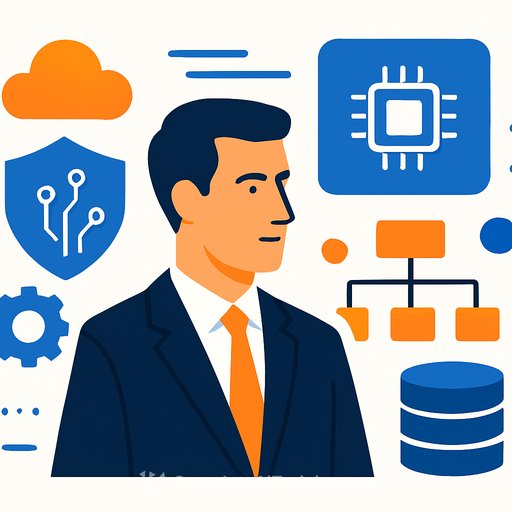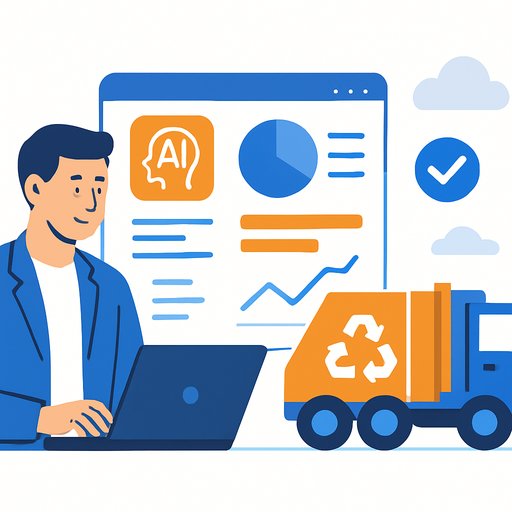7 Ways Agentic AI May Boost Hotels: From Operations to Sales
Hotels are testing how AI agents can handle multi-step work across property systems. Think of a constellation of small bots that coordinate: each one tackles a step, they pass context, and they close the loop. Few teams run this at scale yet, but the path is clear for faster service, sharper personalization, and better margins.
Agentic AI needs fresh thinking
- Start small, connect deeply: pick a narrow use case and plug into real systems (PMS, POS, CRM, ticketing) with read-only keys first.
- Expect many agents: over time you will field dozens that cooperate, not one mega-bot that does everything.
- Keep humans in control: set thresholds where staff review actions before changes hit guests or inventory.
1) Front desk and concierge
Agents can respond to guest messages, arrange transport, book amenities, handle late checkout, and route exceptions to staff. Tie them into PMS, messaging, and local APIs to complete tasks end to end. Some hotels are testing new interfaces too; Beverly Wilshire, a Four Seasons hotel, has installed Proto hologram devices in select rooms to blend physical presence with digital service.
- Pilot: 24/7 text concierge that confirms dining, spa, and transport requests and posts updates to the folio.
- Metrics: median response time, request resolution rate, upsell conversion, CSAT, agent-to-human handoff rate.
2) Housekeeping and maintenance
Agents can read live occupancy, build clean lists, reprioritize rush rooms, and auto-create work orders for reported issues. They can also track minibar and amenity restocks and sync with inventory.
- Pilot: Auto-assign cleans and dispatch maintenance from guest reports; supervisors approve in-app.
- Metrics: minutes per room, out-of-order hours, repeat issue rate, staff overtime hours.
3) Revenue management and distribution
Agents watch pickup, competitor rates, local events, and channel costs. They propose price moves with explanations, queue pushes to CRS after approval, and monitor parity and margin by OTA.
- Pilot: Run in shadow mode for 30 days and compare suggested vs. actual rates and outcomes.
- Metrics: RevPAR index (RGI), forecast accuracy, price-change win rate, OTA contribution and margin.
4) Group and event sales
Agents can triage RFPs, draft proposals, check function space, pull menus and AV, and schedule follow-ups. They update CRM notes and surface the next best action for the rep.
- Pilot: Auto-build first-draft proposals with space holds and profitability snapshots; rep edits and sends.
- Metrics: response time, proposal-to-win conversion, average profit per group, rep time saved.
5) Marketing and CRM
Agents segment guests, craft offers, run A/B tests, and sync campaigns across email, SMS, and ads. They can coordinate cross-sell across rooms, F&B, spa, and experiences and suppress low-value sends.
- Pilot: Pre-arrival offer bundles (late checkout, parking, breakfast) personalized by segment.
- Metrics: incremental revenue per recipient, opt-out rate, cost per booking, attach rate.
6) F&B and ancillaries
Agents balance table availability, waitlists, and prep times while syncing with inventory. They can adjust menus based on sell-through and events, and recommend add-ons like cabanas or day passes.
- Pilot: Dynamic menu highlights and waitlist messaging that smooths demand across periods.
- Metrics: average check, waste percentage, seat turns, no-show rate.
7) Finance, procurement, and compliance
Agents code invoices, match POs, flag suspicious charges, and suggest reorder quantities under vendor rules. They can tag folio disputes with evidence and help staff respond faster.
- Pilot: Three-way match on top vendors with anomaly flags routed to accounting.
- Metrics: days payable outstanding, variance rate, dispute cycle time, detected anomalies.
How to implement safely
- Access control: Least-privilege credentials per agent; rotate keys; isolate environments.
- Guardrails: Role and budget limits, rate caps, and whitelisted actions; require approvals for high-risk changes.
- Observability: Full logs and traces for each step; replay and rollback plans.
- Evaluation: Use a fixed test set of tasks and outcomes; compare to human baselines before go-live.
- Governance: Map risks and safeguards with the NIST AI Risk Management Framework.
90-day pilot plan
- Pick 1-2 use cases that touch one or two systems max (e.g., guest messaging + PMS).
- Document the workflow, decisions, and escalation rules; define clear acceptance criteria.
- Select a vendor or build partner; require sandbox access and a "read-only first" mode.
- Integrate, then run shadow mode for 2-4 weeks; compare output against human actions.
- Train staff on prompts, approvals, and exception handling; publish playbooks.
- Go live to a small cohort (one floor or one segment); review weekly and iterate.
RFP questions to ask AI vendors
- Which PMS, CRS, POS, CRM, ticketing, and messaging integrations are native? How do you handle auth and webhooks?
- What data is stored, for how long, and where? Do you support SOC 2 or ISO 27001?
- How do you prevent incorrect actions? Is there a simulation or approval step for high-impact tasks?
- How do you handle multilingual guests and PII redaction?
- What is the pricing unit (per task, user, action, or token), and what usage alerts are available?
Bottom line for Operations and Sales
Start with narrow, high-frequency tasks where an agent can finish the job, not just draft text. Measure impact, keep approvals tight, and expand only after shadow-mode wins. The comp set that learns fastest will set the new standard on service quality and profitability.
If you need structured upskilling for your team, see practical AI programs by role at Complete AI Training.
Your membership also unlocks:

